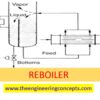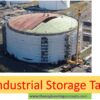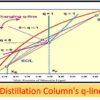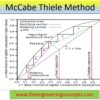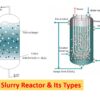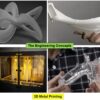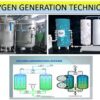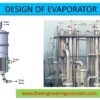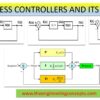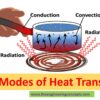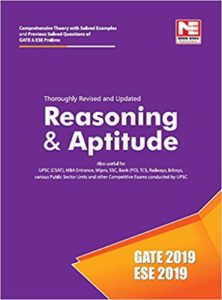Urea Production and Manufacturing
Urea was first produced industrially by the hydration of calcium cyanamide but the easy availability of ammonia led to the development of ammonia/carbon dioxide technology. This is a two step process where the ammonia and carbon dioxide react to form ammonium carbamate which is then dehydrated to urea.

In the process, ammonia and carbon dioxide are fed to the synthesis reactor which operates around 180-210 C and 150 bar pressure. The reaction mixture containing ammonia, ammonium carbamate and urea is first stripped of the ammonia and the resultant solution passes through a number of decomposers operating at progressively reduced pressures. Here the unconverted carbamate is decomposed back to ammonia and carbon dioxide and recycled to the reactor.
The urea solution is concentrated by evaporation or crystallisation, and the crystals can melted to yield pure urea in the form of prills or granules. Prills are made by spraying molten urea from the top of a high tower through a counter current air stream. Granular urea is formed by spraying molten urea into a mixture of dried urea particles and fines in a rotating drum.
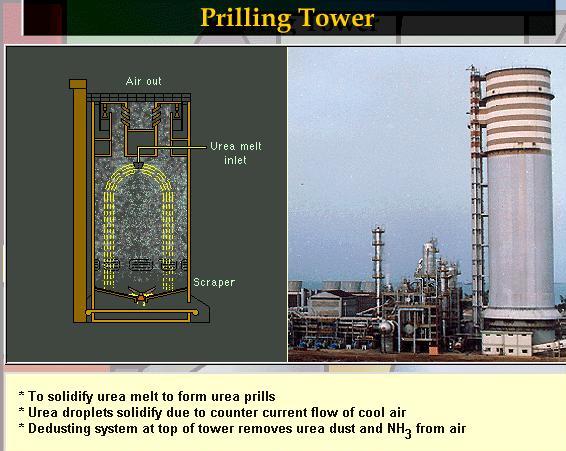
ImageCredits : Engineers Guide
Urea processes fall into two categories: external solution recycle systems; and internal solution stripping systems. In the former, energy is saved by high carbon dioxide conversion rates while the latter reduces net energy requirements by optimising heat recovery.
Article Source : https://www.icis.com







